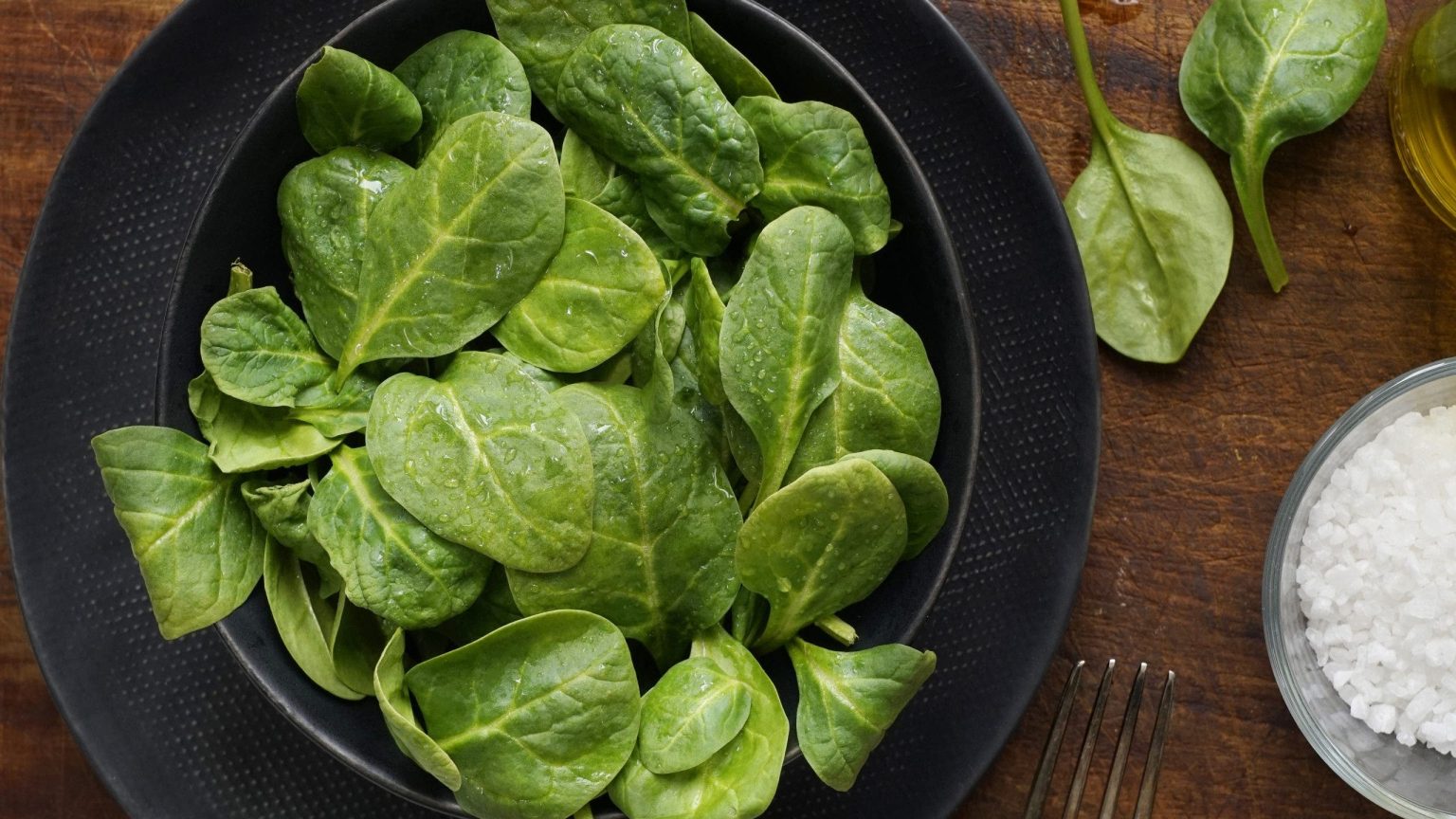Popeye, the iconic spinach-eating sailor, remains a popular figure nearly a century after his debut in 1929. National Spinach Day, celebrated on March 26 in the United States, commemorates his legendary status as a gruff but noble comic strip hero famous for his bulging forearms powered by cans of spinach. Popeye, created by cartoonist E.C. Segar, was an instant sensation and played a major role in increasing spinach consumption in the US by 33% by 1931. The character’s influence on popularizing spinach during the Great Depression continues to resonate today, promoting healthy eating habits among children.
Despite the exaggerated portrayal of Popeye’s strength-enhancing abilities due to consuming spinach, the connection between the character and the leafy green vegetable has had a lasting impact on the public’s perception of spinach as a superfood. With its abundance of B vitamins, vitamin C, fiber, and iron, spinach is now recognized for its nutritional benefits. While the idea of a single food giving superhuman strength may be unrealistic, the association between Popeye and spinach has served as a positive influence in encouraging individuals, particularly children, to incorporate healthy foods into their diets. A balanced diet remains essential for overall strength and well-being, and Popeye’s message of the importance of eating spinach serves as a reminder of the benefits of consuming nutrient-rich foods.
The rise in spinach’s popularity in the US during the Great Depression, despite the challenges of affording it during that time, demonstrates the enduring impact of Popeye’s influence on public perception. The story behind Popeye’s creation has roots in Segar’s childhood, where the inspiration for the character came from a colorful figure named Frank “Rocky” Feigle. Segar’s decision to make spinach the source of Popeye’s superhuman strength and combat skills, without offering a clear explanation, has contributed to the lasting legacy of spinach as a nutritional powerhouse. The character’s first kiss with Olive Oyl in 1929 marked a pivotal moment in the development of their fictional relationship, adding depth to the narrative surrounding Popeye and his adventures.
Spinach, one of the earliest spring crops and a staple in American agriculture, holds a significant place in the world of leafy greens. The convenience of canning in making spinach available year-round has contributed to its popularity as a versatile and nutritious vegetable. By linking Popeye’s strength to his consumption of spinach, Segar inadvertently sparked a trend in promoting healthy eating habits through popular culture. Today, as spinach continues to be recognized for its health benefits, the character of Popeye serves as a symbol of the positive influence that media can have in promoting nutritious foods to a wide audience. The enduring legacy of Popeye’s connection to spinach highlights the potential for popular figures to inspire healthy eating choices and encourage individuals to incorporate nutrient-rich foods into their diets.
In a world where dietary trends and debates over superfoods abound, Popeye’s enduring legacy as a symbol of spinach consumption offers a timeless message of the importance of eating healthy foods. Despite the character’s unrealistic portrayal of gaining instant superhuman strength from consuming spinach, the positive association between Popeye and the leafy green vegetable has had a lasting impact on promoting nutritious eating habits. From his debut in 1929 to National Spinach Day celebrations today, Popeye’s character continues to serve as a reminder of the benefits of incorporating nutrient-rich foods like spinach into one’s diet. The popularity of spinach during challenging times like the Great Depression highlights the significance of promoting healthy eating habits through popular culture, setting a positive example for generations to come.


